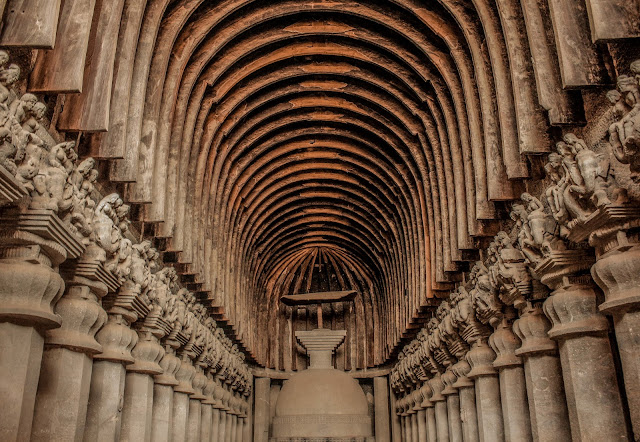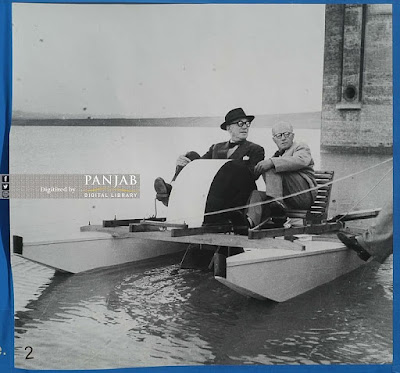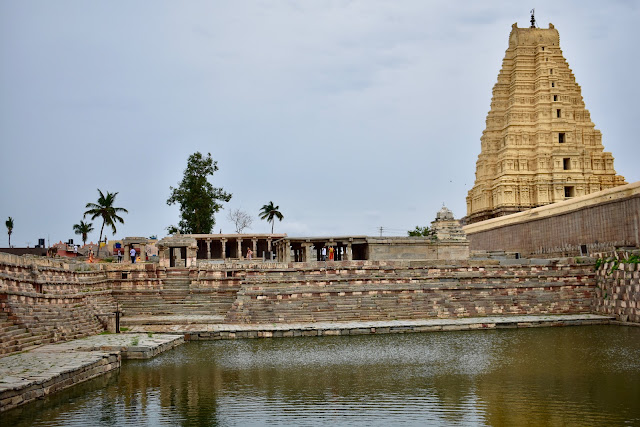Virupaksha Temple-Hampi / Image Credit Q.1. Who among the following Bahmani rulers was married to the daughter of Vijayanagar ruler Dev Raya I?
(a) Firuz Shah Bahmani
(b) Alauddin Hasan Bahmani
(c) Ahmed Shah
(d) Muhammad Shah III
Q.2. Which of the following foreign travellers had visited the court of Deve Raya I?
(a) Ibn Batuta
(b) Nicolo de Conti
(c) Abdur Razzak
(d) Domingo Paes
Q.3. Which of the following foreign travellers had visited the court of Deve Raya II?
(a) Ibn Batuta
(b) Nicolo de Conti
(c) Abdur Razzak
(d) Domingo Paes
Q.4. The permission of which Vijayanagara emperors was solicited by Francisco Albuquerque, the Portuguese governor of Goa in India, to build a fort at Bhatkal?
(a) Devaraya I
(b) Devaraya II
(c) Krishnadevaraya
(d) Virupaksha Raya
Q.5. The Battle of Talikota between Vijayanagara empire and the Muslim Sultanates of Deccan took place in which year?
(a) 1526
(b) 1556
(c) 1565
(d) 1605
Q.6. ------is a book written by famed historian Robert Swell about Vijayanagara empire?
(a) A Forgotten Empire
(b) The Birth of an empire
(c) The Empire of South India
(d) Empire on Tungabhadra
Q.7. When did Vijayanagar king Krishnadevaraya die?
(a) 1346
(d) 1526
(c) 1529
(d) 1530
Q.8. Who was the Vijayanagara emperor during Talikota war?
(a) Sadasiva Raya
(b) Krishnadevaraya
(c) Harihara I
(d) Bukka Raya II
Q.9. Who among the following beheaded Rama Raya, the de facto ruler of Vajayanagara, at the battle of Talikota in 1565?
(a) Husain Shah Nizami
(b) Ibrahim Adil Shah
(c) Burhan Nizam Shah II
(d) Murtada Nizam Shah I
Q.10. When was the present day Hampi, the nucleus of Vijayanagar empire, designated a World Heritage site by UNESCO?
(a) 1981
(b) 1986
(c) 1996
(d) 2006
Answers
1-a
Notes
The marriage of Firuz Shah Bahmani with the daughter of Deva Raya I was celebrated with great pomp and show.
Addicted to hard drinking, Firuz Shah Bahmani, like many other medieval rulers, was a blood thirsty tyrant. He won two battles against the Hindu Vijayanagar kingdom in 1398 and 1406. After these victories, he took delight in massacre of the populace and left “the roads littered with the bodies of the slaughtered Hindus”. Firoz Bahmani entered into a new relationship with Vijayanagar ruler Deva Raya I by marrying his daughter.
2-b
Notes
Born at the coastal town of Chioggia in Italy, Nicolo Conti was an Italian and the earliest European visitor to the mighty Hindu Kingdom of Vijayanagar. Nicolo Conti reached the city in 1420 -21 in the reign of Devaraya I. His original travel account in Latin is lost. Conti gives a vivid account of the city of Vijayanagar, its court, customs, currency, festivals and other matters.
3-c
Notes
Abdur Razzaq was a Persian who was sent by Timur's son and successor Shah Rukh as ambassador to the Zamorin of Calicut. In April 1443, Abdur Razzaq also visited Vijayanagar during the reign of Devaraya II. Abdur Razzaq was overawed with the size and grandeur of the city of Vijayanagar.
He says, “The city is such that eye has not seen nor ear heard of any place resembling it upon the whole earth. It is so built that it has seven fortified walls, one within the other.” His narrative supplies valuable information on the topography, administration and social life of Vijayanagar at that time.
4-c
Notes
Krishnadevaraya granted the permission to Portuguese to erect a fort at Bhatkal.
5-c
Notes
It was during the reign of the Taluva king Sadashiva Raya (1543- 69) that famous battle of Rakshasa Tangadi or Talikota in 1565 was fought in which Vijayanagar army was defeated by the combined forces of the five Muslim Sultanates of Deccan. This gave body blow to the empire. After this battle the kingdom lost its grandeur and glory.
Ram Raja was the de facto ruler of Vijayanagara during the battle and was killed.
6 – a
Notes
A Forgotten Empire is an account of the Vijayanagar kingdom.
7-c
Notes
An epigraphical reference to the date of death of Krishnadevaraya was discovered at Honnenahalli in Tumakuru district. According to the inscription, Krishnadevaraya died on October 17, 1529.
8-a
Notes
The Battle of Talikota took place in 1565 between the Vijayanagara Empire and an alliance of the Deccan sultanates. During the battle, the Vijayanagara emperor was Sadasiva Raya. During his reign the famous battle of Rakshasa Tangadi or Talikota in 1565 was fought between Vijayanagar and the combined forces of the five Muslim Sultanates of Deccan.
9-a
Notes
Hussain Nizam Shah had beheaded the de facto ruler of Vajayanagara, Rama Raya of Vijayanagara, after the Battle of Talikota.
10- b
Notes
The site of Hampi, the capital city of Vijayanagar Empire, was declared a World Heritage Site in 1986.




.jpg)




